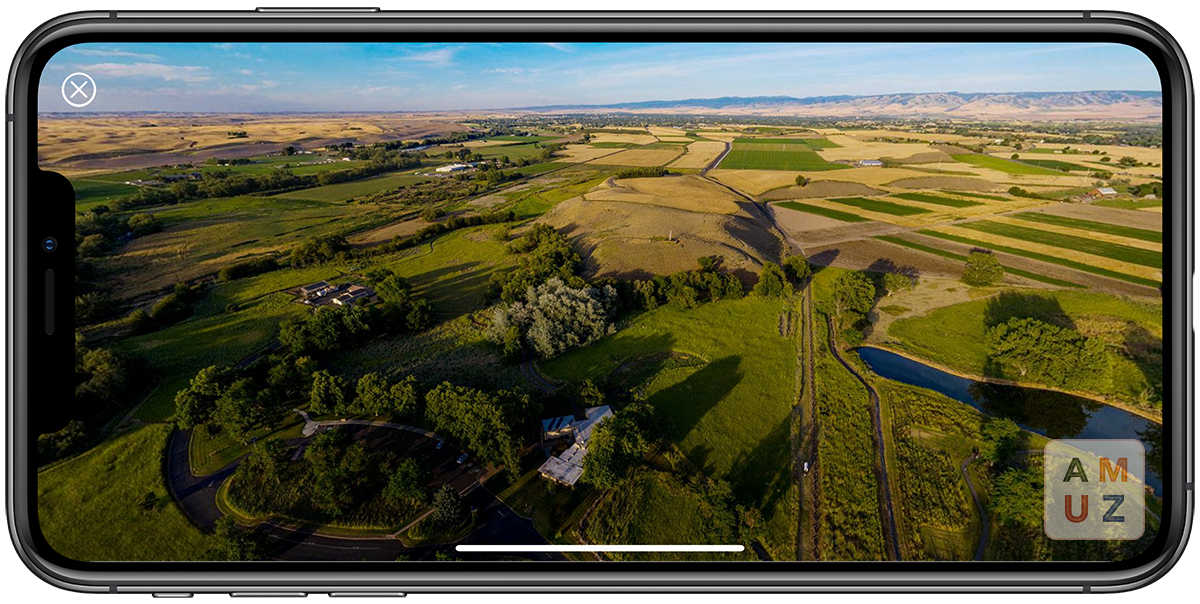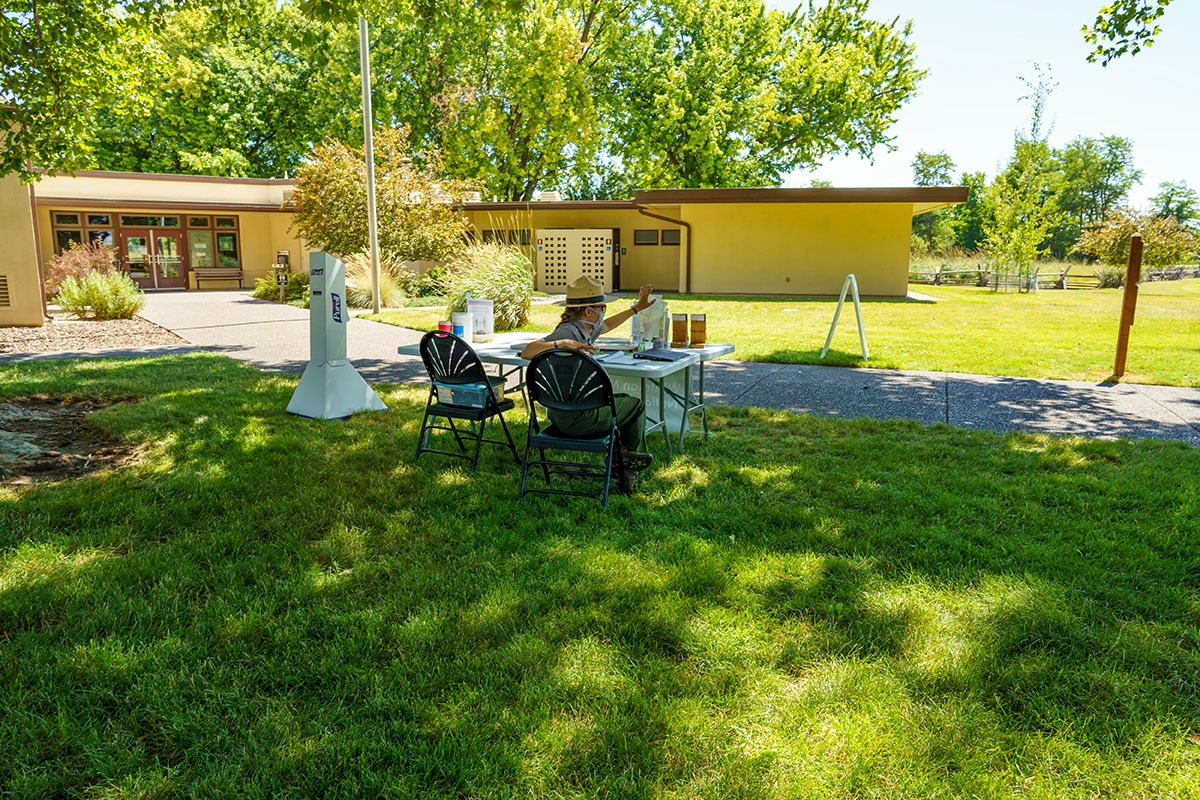I've long enjoyed diving into maps. The more detailed, the better.
And, so it was while visiting Walla Walla, Washington recently, I sought a few interesting locations. 7 miles west of Walla Walla, the Whitman Mission national historic site proved a fascinating stop, particularly during a year when monuments were questioned, relocated and in some cases toppled.

The site is pleasant, ideal for a stroll, picnic and an informative conversation with a National Park Service Ranger. The Ranger offered a great deal of background on the Whitman Mission, their relationship with indigenous people and subsequent conflict.
She emphasized that "they were good people" who tried to prepare the nomadic locals for the presence of many more settlers. Unfortunately, this clash of cultures resulted in a massacre.

Learn more:
Brittanica on Marcus Whitman:
In 1836 Whitman founded a mission among the Cayuse Indians at Waiilatpu, 6 miles (10 km) west of present-day Walla Walla. The Spaldings established a mission among the Nez Percé at Lapwai, Idaho, 125 miles (200 km) northeast of Waiilatpu. The men helped the Indians build houses, till their fields, and irrigate their crops. They also taught them how to erect mills for grinding corn and wheat. The wives established mission schools. Progress was slow, however, and the board in 1842 decided to abandon its missions at Waiilatpu and Lapwai and concentrate on those in what is now the area of Spokane, Washington.
October 14, 2019: Thomas Yazwinski
Marcus Whitman statue vandalized on Whitman College campus
September 4, 2020: Associated Press
A local team of art researchers has proposed moving the Marcus Whitman statue from its current spot at the Whitman College campus to Fort Walla Walla Museum where the group says its true context can be shared.Erwin Thompson (1964 book)
“The statue tells us a lot and it has a rich and fascinating history, but again, that history is not the history of Marcus Whitman, it is not the history of the Walla Walla Valley and its not the history of Whitman College,” said Libby Miller director of Whitman College’s Maxey Museum and art history professor during a Walla Walla city Arts Commission meeting Wednesday
For 11 years, the Whitmans worked among the Cayuse Indians, bringing them the principles of Christianity, teaching them the rudiments of agriculture and letters, and treating their diseases. Then, in a time of troubles when two opposing forces failed to understand each other, the mission effort ended in violence. In the tragic conclusion, the lives of the Whitmans were an example of selflessness, perseverance, and dedication to a cause. Their story is symbolic of the great effort made by Protestant and Catholic missionaries to Christianize and civilize the Indians in the first half of the 19th century. The missions represented one aspect of American expansion into the vast, unknown lands of the Pacific Northwest.
National Park Service Education Programs
Parks As Classrooms - Go to the Parks As Classrooms website at https://www.nps.gov/learn/pac.htm. Access the WebRangers and Junior Rangers programs.
The "Parks As Classrooms" program was developed to provide parks with seed money for new and innovative opportunities for Americans to learn about their national parks.
National Park Service documents: Whitman Mission Timeline // Land history.
Walla Walla County, Washington demographics:
- Population: 60.760
- Median household income: $56,533
- Number of businesses: 1,396
- Land area (square miles): 1,270.13
- Population per square mile: 46.3
- voter information and November 2020 election data
- Major employers: Union Bulletin Glass Door
- Washington state tax climate comparison
- S&P 2019 Walla Walla, Washington U.S. Metropolitan Statistical Areas' Economic Participation Score: "Weak". Walla Walla water system S&P ratings
- Debt to income ratio
- Walla Walla School District Debt Ratings (Moodys)
- Air Quality
- Superfund sites
- Sales Tax Rate: 8.9%